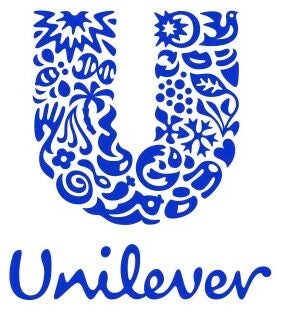What’s in a name?
A lot, actually, if you’re Chris Symmes and your job title is director of dressings for Unilever North America.
Unilever owns Hellmann’s – a name that would be familiar to anyone from the East Coast – but perhaps less so to people from the western US, where the same products go by the “Best Foods” moniker.
Growing up in Florida, Symmes, who oversees Hellmann’s and two other Unilever-owned dressings brands, Sir Kensington’s and Maille, had never heard of Best Foods.
And there’s a reason for that.
Way back in 1927, Postum Foods, as Best Foods was then known, acquired Hellmann’s. Since Best Foods had strong brand equity on the West Coast and Hellmann’s had a stronghold in the east, Postum Foods preserved both brand names. Postum Foods also changed the Best Foods logo to match the blue ribbon of the Hellmann’s brand.
Although there are two different brand names, it’s the same formula. Still, “there are some Best Foods diehards and some Hellmann’s diehards,” Symmes said.
By the time Unilever acquired Best Foods in 2000, this geographical divide had been firmly entrenched for years, and Unilever decided not to mess with dressing success.
Symmes spoke with AdExchanger.
AdExchanger: How do you geotarget your marketing campaigns for Hellmann’s versus Best Foods?
CHRIS SYMMES: We work very closely with our creative and media teams. The buyer remains consistent throughout the US. But for any channels where we’re trafficking creative assets west of the Rockies, we have a version that includes Best Foods. For any channels where there’s a presence east of the Rockies, everything remains the same except for the Hellmann’s branding.
It’s less of a media question and more of a creative rotation question.
How do you measure brand lift?
We measure brand lift nationally. Depending on the agency with whom we’re working, we may have a certain aspect of that research for Best Foods consumers and another aspect for Hellmann’s consumers, so we’re still getting the same data. In that research, we wouldn’t want to put Hellmann’s in front of a buyer, say, in California who may not be as familiar with the brand.
Who are your target audiences?
We have a broad target because we’re in so many households. As we move down the funnel closer to point of purchase, we can be more hyper-focused on certain targets.
Overall, many of our messages remain consistent across the board because we know one of the main triggers of meaningfulness in the dressings category is taste.
How might you market the taste differently based on the audience?
The taste is pretty universal. Where we can be differentiated is what sort of dishes we perhaps feature, based off of different demographics. For instance, in the South, coleslaw is a big side dish for summer tailgating moments, so we may engage with certain influencers or create content to live in the lower funnel with a key recipe or dish.
Can you share an example of how you use data to support your marketing efforts?
We work with quite a few companies that provide data, one of which is [market intelligence firm] Numerator. A marriage of a few different data points and insights from Numerator helped inform our tactical approach to partnering with teams in the SEC [Southeastern Conference].
For instance, consumers in the southeast have a much higher affinity for college football than the rest of the market. Also, for tailgating activities, outdoor events or picnicking, our squeeze format is used at a much higher rate. With our campaign activity and SEC team partnerships, we’re trying to drive our squeeze format through relevant messaging for tailgating.
What do you do as a marketer if one of your brands gets discontinued – for instance, Sir Kensington’s?
It’s very rare for an entire brand to get discontinued. We did make some choices earlier this year on Sir Kensington’s to exit certain parts of the business. We are no longer producing ketchup as one of our primary offerings.
What went into the decision to discontinue the ketchup line?
We operate much more in the dressing space. That’s really where we wanted our focus to be, which is why we decided to exit that particular condiment.
What separates ketchup from mayonnaise?
The uses are different, but you have to think behind the scenes, too. The supply-chain capabilities may be different. That’s another input we consider. Maille’s [mustard] is very different to produce than ketchup.
This interview has been edited and condensed.














